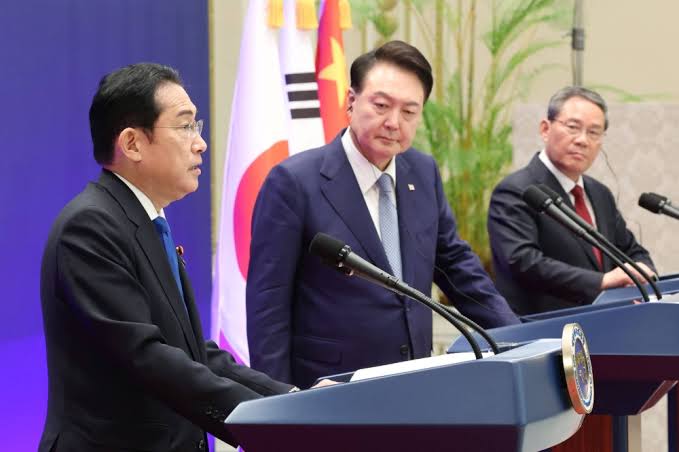Japan, China, South Korea, and the ten member states of the Association of Southeast Asian Nations (ASEAN) have agreed to strengthen their regional financial safety net by launching a new lending facility. This initiative aims to provide rapid responses to financial crises triggered by pandemics and natural disasters.
The finance leaders of the “ASEAN Plus Three” group reached the agreement at their meeting in Milan, Italy, on Sunday. The new facility will operate under the Chiang Mai Initiative Multilateralization (CMIM), their existing currency swap arrangement.
The CMIM, established in response to the 1997-98 Asian financial crisis, is designed to promote regional financial stability by allowing member countries to access currency swap lines.
Read more: Japan’s Prince Hisahito Pledges to Fulfill his Royal Duties at his First Press Conference.
The new rapid financing facility will enable members to access emergency funds without preconditions in the event of financial crises stemming from sudden shocks.
“We believe that this new CMIM facility will enhance regional resilience,” the group stated in a joint statement.
The CMIM currently holds $240 billion in foreign exchange reserves. Japan and China each contribute $76.8 billion, South Korea contributes $38.4 billion, and the ten ASEAN members collectively contribute $48 billion.
Despite its existence, the CMIM’s two existing facilities – a crisis resolution instrument and a precautionary line – have never been utilized. Member countries have preferred to use other resources, such as bilateral swap lines, due to their simpler decision-making processes.





